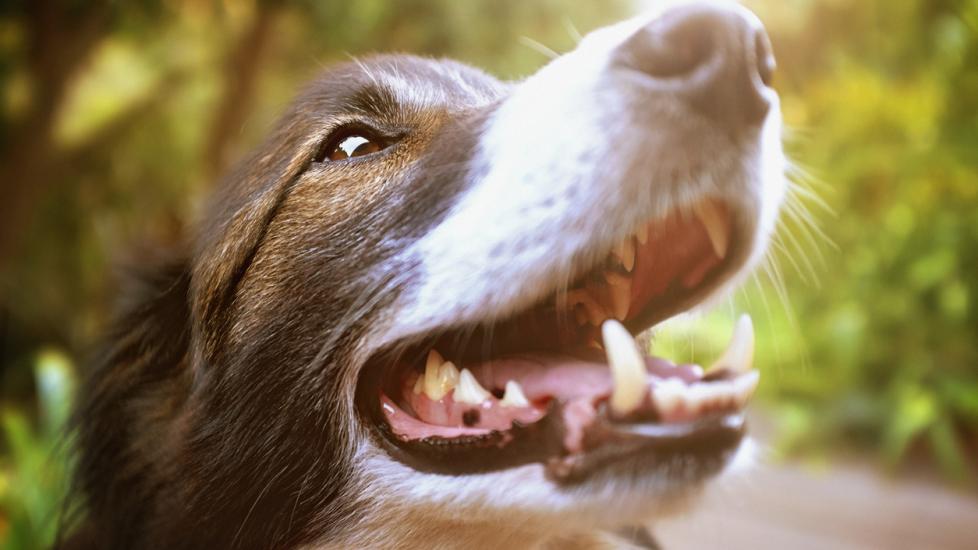Understanding Canine Sialadenitis: Causes, Symptoms, and Management
The salivary glands are essential organs that produce saliva, which aids in digestion, lubricates food for swallowing, and helps maintain oral hygiene. In dogs, swelling or inflammation of these glands can occur due to a variety of reasons, ranging from minor irritations to serious underlying conditions. It is crucial for pet owners to recognize the signs of sialadenitis (also known as sialoadenitis) and seek veterinary attention promptly to ensure their furry companions receive appropriate treatment. This article aims to provide an overview of this condition, its causes, symptoms, and management strategies.
Causes of Swollen Salivary Glands in Dogs:
1. Infection: Bacterial infections such as Staphylococcus, Streptococcus, Pasteurella multocida, and others can lead to acute suppurative sialadenitis. Viral infections like distemper virus have also been associated with inflammatory changes affecting the salivary glands.
2. Obstruction: Blockage of the salivary ducts by stones, sludge, or tumors may result in fluid buildup within the glands, leading to swelling.
3. Trauma: Direct trauma to the head or neck region could cause injury to the salivary glands, triggering an inflammatory response.
4. Systemic Diseases: Certain systemic diseases like immune-mediated disorders, diabetes mellitus, liver disease, and kidney failure can affect the body’s ability to regulate fluids properly, potentially resulting in swollen salivary glands.
5. Allergies: Allergic reactions to food, environmental allergens, or medications might induce swelling in various parts of the body, including the salivary glands.
6. Neoplasia: Tumors originating from the salivary glands themselves or metastatic spread from other primary cancers can manifest as painful swellings around the mouth area.
Symptoms of Doggy Sialadenitis Include:
1. Painful swelling under the jaw on one or both sides.
2. Excessive drooling or difficulty swallowing.
3. Lethargy and loss of appetite.
4. Chewing or licking at the affected areas.
5. Redness and warmth overlying the swollen glands.
Management Strategies:
1. Veterinary Examination: The first step is always to consult with a veterinarian who will perform a thorough examination, possibly including blood tests, urinalysis, X-rays, or ultrasound to determine the underlying cause.
2. Antibiotics: If bacterial infection is suspected, antibiotics may be prescribed. However, if allergies or autoimmune issues are the root problem, steroids or immunosuppressants might be necessary.
3. Hydration Therapy: Dehydration can exacerbate salivary gland problems; therefore, ensuring proper hydration through subcutaneous fluids or increased access to fresh water can help alleviate symptoms.
4. Diet Modification: Sometimes, dietary adjustments may be recommended to reduce the production of thickened saliva that can clog up the ducts.
5. Surgery: In severe cases where obstruction or neoplasia is diagnosed, surgery may be required to remove the affected gland(s).
6. Environmental Control: For allergic pets, minimizing exposure to triggers such as dust, mold, pollen, or certain foods can contribute to better health outcomes.
7. Oral Care: Regular dental checkups and good oral hygiene practices can help prevent secondary infections related to poor salivary flow.
It is important to note that every dog’s case is unique, and treatment plans should be tailored accordingly. Pet owners must remain vigilant about any abnormalities they notice in their beloved pooch’s behavior or appearance and bring them to their vet’s attention without delay. Early detection greatly improves prognosis and reduces discomfort for our four-legged friends suffering from this condition.
